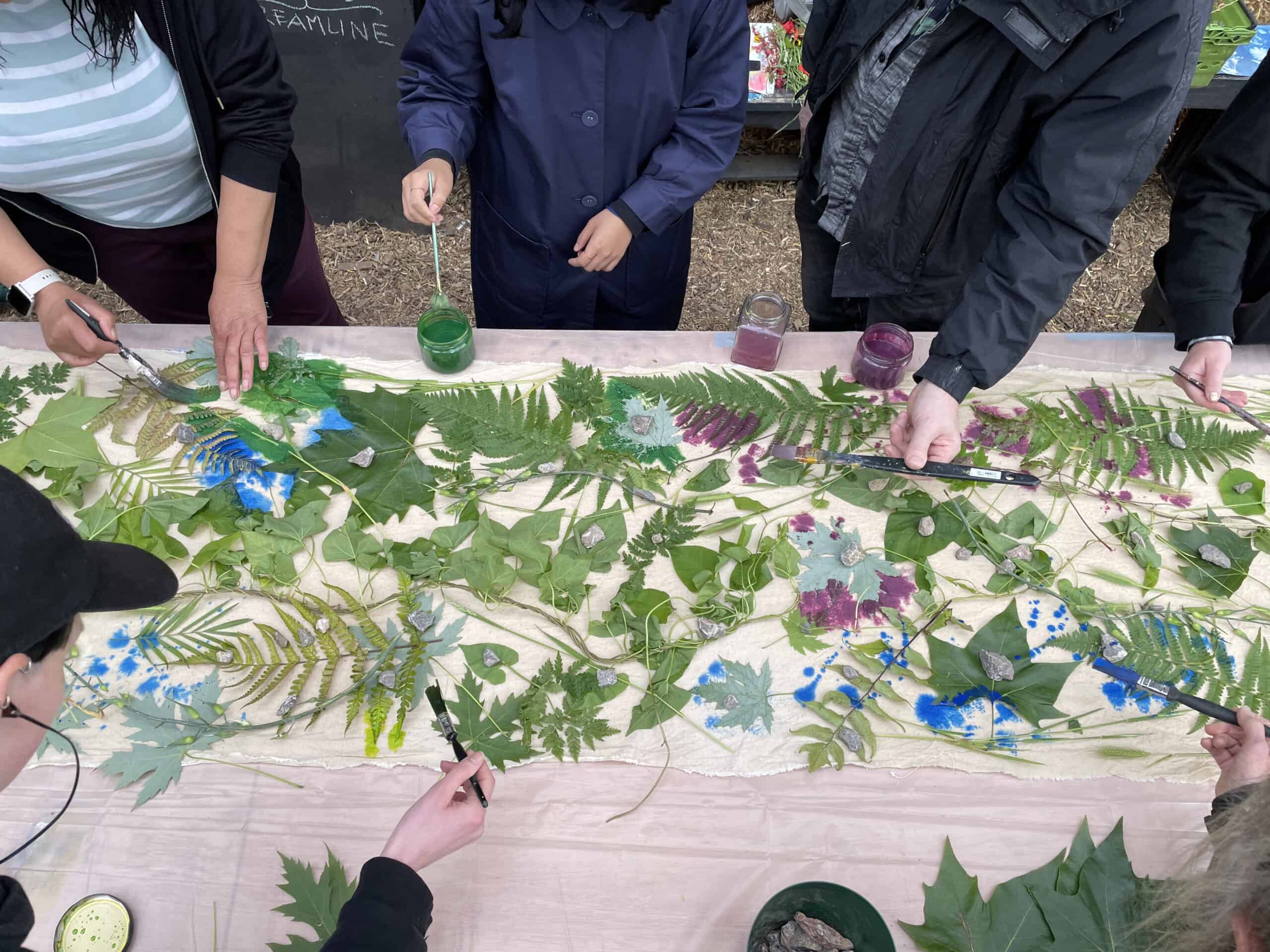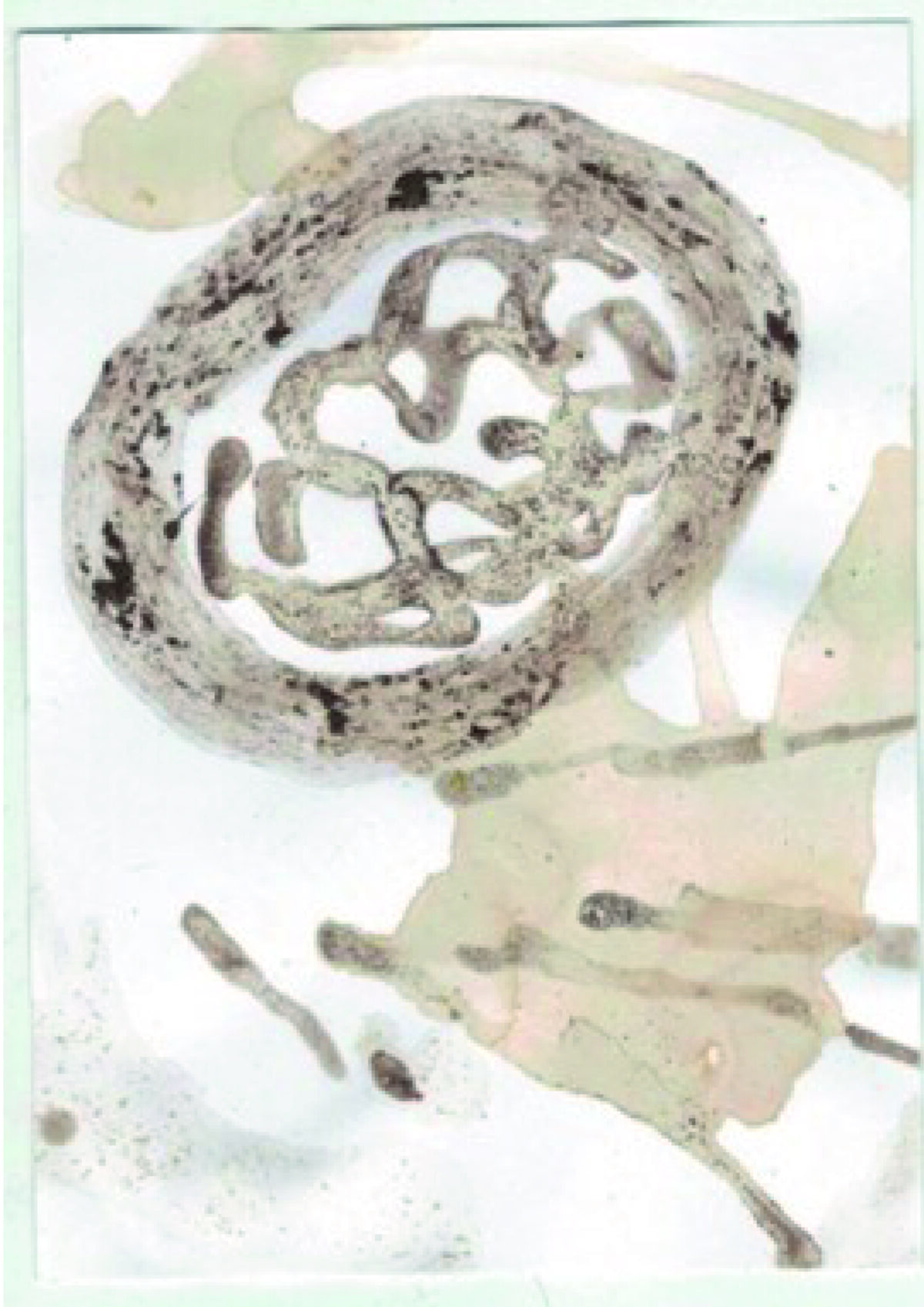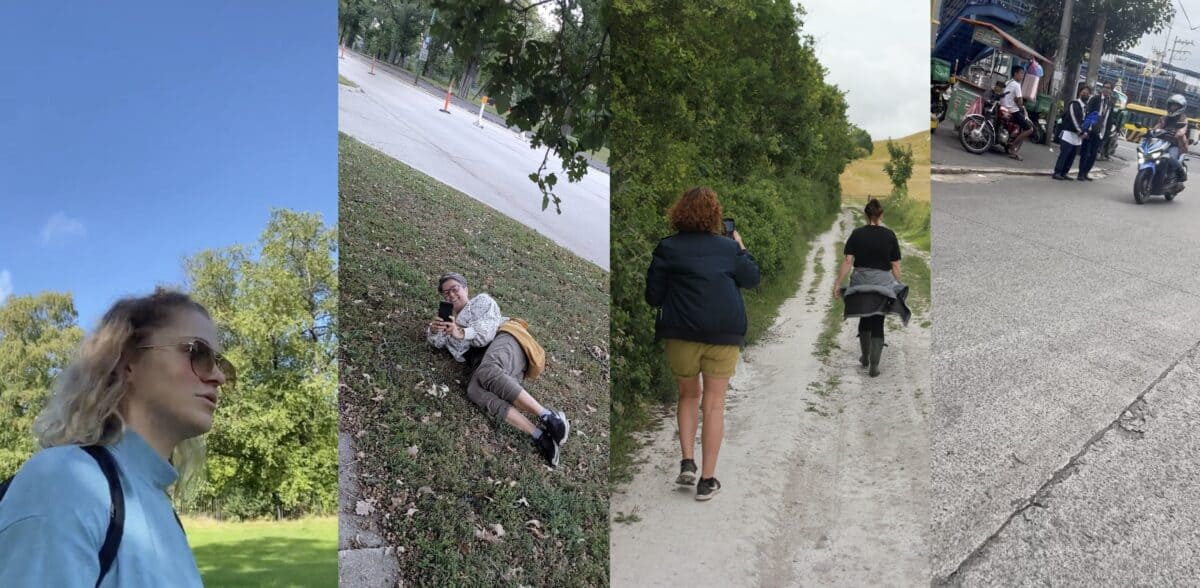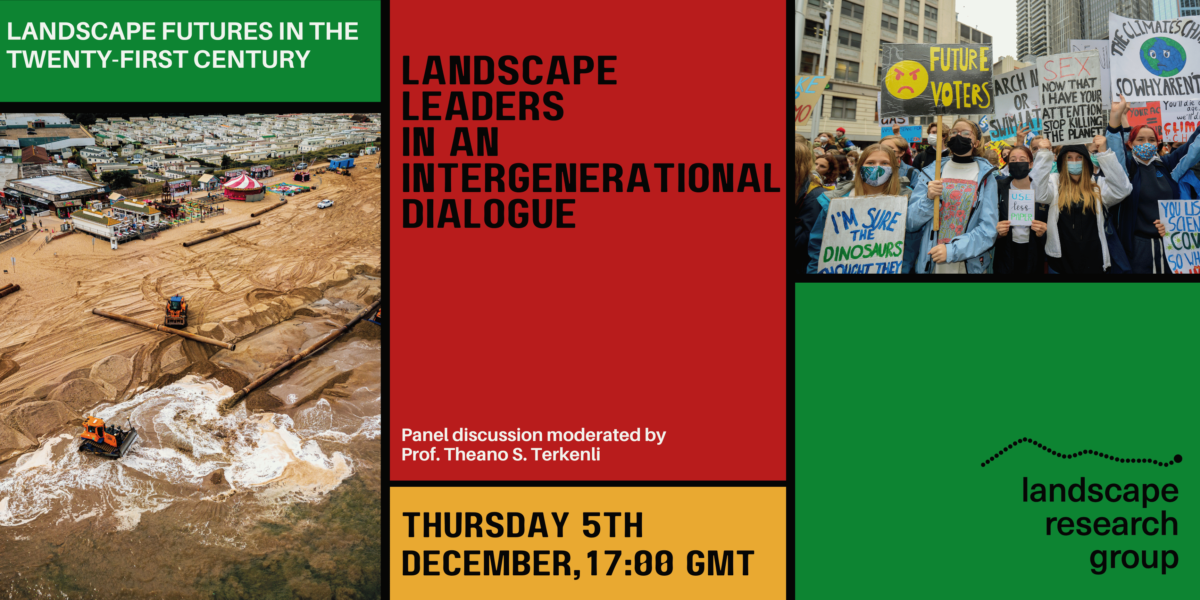Common Gardens: Practicing Care in the Austerity City
Dr Ioana Petkova & Valerio Massaro

The concept of care has become commonplace for designers and spatial practitioners who seek to explain the socio-ecological crisis of our times. One of the most relevant theoretical contributions to this body of work is the ethic of care, as described by Carol Gilligan (Gilligan, 1982). The concept foregrounds the value of subjective female experience, specifically, of concern and attentiveness for the well-being of others. As defined by Berenice Fisher and Joan Tronto, care is a “species activity that includes everything that we do to maintain, continue, and repair our ‘world’ so that we can live as well as possible. That world includes our bodies, our selves, and our environment, all of which we seek to interweave in a complex, life-sustaining web” (Fisher and Tronto, 1990, 40). In this way, caring is no longer private but highly political. This is achieved by completing four stages – caring about, taking care, care-giving and care-receiving (Fisher and Tronto, 1990, 41).
Most recently, María Puig de la Bellacasa revised the ethic of care for its environmental significance (Puig De La Bellacasa, 2017). Soon after, Elke Krasny and Angelika Fitz brought these questions into architecture (Fitz and Krasny, 2019). In their book Critical Care: Architecture and Urbanism for a Broken Planet (2019), Tronto explains that buildings can be a form of care, as long they are designed “in relationships—with ongoing environments, people, flora and fauna—that exist through time as well as in space” (Tronto, 2019, 28). How can this relational theory be embedded throughout the working process of design? How can it become a pedagogical framework? What kind of new city-making does this allow for? Can care be a paradigm of making space and appropriating the city and its landscape? And what is the potential role of design?
These were some of the questions which shaped the Common Gardens project. Since 2023, the work explores urban community farms as sites for careful spatial practice. Historically, gardening has always been a practice which sustains life. In fact, gardening might have been one of the few historical instances where reproductive work, that is work related to the subsistence of the household, was shared, and not strictly female. Historical examples also show a wide variety of care reciprocities, from local communal structures (the commons), through household structures (medicinal and kitchen gardens) to the individual (allotment gardens). As rising environmental literacy coincided with neoliberal policies in 1970s, the act of urban growing embodied new forms of care, which were critical for sustaining life in the austerity city.
Loughborough Farm
Loughborough Farm is one such case of transforming an abandoned plot into a thriving community and ecological asset. Here, care is exchanged between the farm volunteers, the local residents, the NHS, local organisations and small businesses, architects and universities, and of course, many non-human local stakeholders.
The farm was founded in 2013 by the Loughborough Junction Action Group (LJAG), a volunteer-led local charity which aims to improve well-being in the neighbourhood. The development of the site can be traced through the collective creation and placement of four distinct projects. These four steps can be framed through Fisher and Tronto’s four stages of care, where each spatial intervention is an ecology of relationships rather than objects in space.

Caring about: Bags containing life
As local residents and volunteers first started occupying the site, some of the initial actions included clearing it up and placing builders bags with soil. These bags enabled the first growing to take place. They were arranged in a grid, leaving enough space to pass through. They were removable and could be relocated if needed. At this stage, there was no water supply on site. Such valuable resources were generously provided by the residents of the neighbouring estate. As Tronto argues, “caring about involves the recognition in the first place that care is necessary. It involves noting the existence of a need and making an assessment that this need should be met” (Tronto, 1993, 106). The site of the farm constitutes a leftover patch between the Loughborough Estate and the railway. After the area was bombed in the Second World War, the estate was built in the 1950s. It was one of the largest in London at the time. The farm’s plot today is an awkward leftover land, a triangle, which didn’t fit the modernist grid.
The bags were placed there to create the farm; what Lefebvre would have called a space created by a complex set of relations between things (1974). Due to the proximity to the train tracks, no direct growing of food was possible. In that way, the bags served containment in two ways – containing soil in, and contamination out. In urban environments we are disconnected from reality of food contaminants, displacing our worries in abstract other productive landscapes. In this case, caring for such a fundamental ecological issue, translated directly into a design choice, shows how design practices are always ontological, offering new words to inhabit (Escobar, 2018).

Taking Care: Rooms conditioning life
The Plant Room was designed by the architect Tom Dobson and constructed by farm volunteers. It was inaugurated during the London Festival of Architecture. The design allowed to be put together, and apart, easily, using scaffolding poles and transparent corrugated sheets. The roof profile, an inverted pitch gave the structure a recognizable presence on site. This was the first structure on site, addressing the needs for the emerging community around the plot. Tronto reminds us that “taking care…involves assuming some responsibility for the identified need and determining how to respond to it. Rather than simply focusing on the need of the other person, taking care of involves the recognition that one can act to address these unmet needs” (Tronto, 1993, 106). Acting upon the need of someone else, the Plant Room was a place for storing and collecting, but also, an attempt to capture and control climate. Moreover, the greenhouse features enabled propagation and more controlled growing processes, inside and outside of the room. Greenhouses are one of the few instances in architecture specifically designed for non-human inhabitants. Furthermore, the greenhouse is a room that needs care to be activated over time and maintained. There is a well-established tradition in architecture scholarship about building preservation, yet projects like the Plant Room represent a more recent perspective of radical maintenance as a form of care as a political act (Mattern, 2018).

Care-giving: Buildings holding ground
LJ Works opened in 2022. The scheme, designed by Tom Dobson/Public Works, provides an affordable co-working space to local residents. It is operated by Meanwhile Space, a London-based platform connecting temporary sites with small businesses. In the process of this redevelopment, the farm acquired a formal 25-year lease which secures their long-term right to remain on site (Dobson and Volont, 2021, 15). “Care-giving involves the direct meeting of needs for care. It involves physical work, and almost always requires that care-givers come in contact with the objects of care” (Tronto, 1990, 107). The process of care-giving is perhaps the one which is most directly associated with more familiar, private practices of care, traditionally and historically, ascribed to women. As humans, most of us have experienced being given care, or giving care. We should be aware of the labour involved in that. Some of us have also experienced professionalised care, for example, healthcare or childcare. While care-giving (especially within the family) has been naturalised into something which should be taken for granted, in the ethics of care, it stands for an individual act of the utmost political importance. Although programmatically LJ Works, a co-working space, had little to do with the farm, it legitimised the farm’s right to occupy and use the land. Here, architecture was holding the ground. With this intervention, the building wove more stakeholders into the existing relationship ecology of the farm. Besides the role of the architect, which was introduced with the Plant Room, Meanwhile Space, LJ Works, their tenants and the council were now entangled with the farm’s volunteers and non-human stakeholders on site. Famously, Ginacarlo De Carlo, an influential architect and theorist of participation, and part of the Team X, said, “Architecture is too important to be left to architects” (De Carlo, 2013). This axiom well describes the 1970s criticism towards rigorous modernist planning and city-making, favouring a more horizontal communication and listening. In the contemporary city, such ideas need to be explored further beyond the human/non-human dichotomy to reframe what design collaboration is. In the complex entangled multispecies ways of life described by authors such as Anna Tsing and Donna Haraway, design practices need to move beyond the modern idea of solution-finding, and master the fostering and enabling of life in many forms (Escobar, 2018).

Care-receiving: Resting and taking shelter
The Common Gardens project was framed around the need of the farm to reinstate the Wildmind Yard, a place, which had existed on the site before the redevelopment. Volunteers describe the Wildmind Yard as an overgrown patch of land at the back of the plot which constituted a local mindfulness infrastructure – a place to retreat, immerse oneself and heal. The need for its reinstatement spoke about the farm being more than a place for food production. Mental health and well-being were an inseparable part of gardening. Tronto describes the ability to read the object of care: “Unless we realize that the object cared for responds to the care received, we may ignore the existence of these dilemmas, and lose the ability to assess how adequately care is provided” (Tronto, 1990, 108). With every transformation, care needs re-assessment. Upon safeguarding the right to stay on-site, the farm volunteers focused on recovering their mindfulness garden, which is where our pedagogical project started.
Developing the last triangle of underdeveloped site has been a desire of the farm community since the beginning. Its open program has been always generous: the Wildmind Yard is a space for anyone to use and make their own. This generosity reflects the ethos of the farm community, yet it also reflects a desire to claim a space in order to appropriate it, while making it accessible and viable to all; manifesting a form of right to the city which is common rather than individual and challenges assumptions about place making in the capitalist city (Harvey, 2003).

Practicing care in the austerity city
Following Tronto’s framework, and looking to identify the farm’s needs, the project started with volunteering sessions, where students were introduced and involved in the activities of the site. Several brief workshops and inviting the farm as guest critics helped establish an ongoing closer relationship between the students and the volunteers. Further workshops to develop the design, source materials and build the structures involved both students and volunteers.
Almost every architectural, urban, and landscape projects easily fall into Fisher and Tronto’s four steps: identifying a need, planning an intervention, practising and assessing how space is transformed. However, not every project carries the ethos of attending to the needs of the other, or seeing buildings as relationships. In fact, pursuing a relational design process can be a challenging experience for spatial practitioners. Decisions might take longer and involve a more complex network of stakeholders. The Wildmind Yard site was particularly difficult, including the triangular shape, proximity to the road, and the railway, which had to be taken into consideration. A barrier membrane had been installed by the council to prevent the spread of Japanese knotweed, a species which we learnt to be particularly invasive. This meant that the structure could not have any foundations, while securing sufficient weight to withstand strong wind. The stage materials had to be recycled and recyclable. Keeping certain lengths was preferred to allow for further reuse of timber, but also meant making do with materials which were available through the local reuse suppliers. In fact, the design of the stage shapeshifted until the last minute, allowing for material availability to take precedence over the initial design. The structure also had to be easily buildable to allow for community engagement. Creating a relational space, and using relational methods, can even feel overwhelming, uncertain and uncomfortable. After all, our history and design books teach us how to create objects, not relationships.
Common Gardens lasted two years. Each year concluded with the completion of a design component, and a public event on community gardening. The project was a learning experience in itself, both for the academic and farm participants. Moreover, its final outcome was a learning garden, a place to celebrate, exchange and disseminate farm knowledge. In this process, students experienced learning and teaching differently, collapsing the hierarchy of the classroom. In the farm, volunteers were the ones holding knowledge. They would lead the planting against the street, filling the Wildmind Yard with life, adding raised beds, filling the planters and adding small trees.
An intervention like this also allowed for students and volunteers to gain the confidence in transforming the city further. If care-receiving is the visible transformation of the Wildmind Yard, the most rewarding evidence was seeing the increased inhabitation of the site over the two years of the project. In more practical terms, the farm reclaimed a space which was temporarily lost. All local stakeholders gained a resource which they can share. The students learned how to interact with a real client, how to technically detail, how to build a small structure and how to work with recycled material. The stage and seating will remain on site, inviting many more knowledge exchanges to come.
There are similar sites to the farm throughout London. Fran Tonkiss refers to this dispersed territory as “austerity urbanism” (Tonkiss, 2013). Loughborough Farm shows how such land presents an opportunity for socio-ecological intervention, more specifically, for developing a practice framework of care. Just like the Wildmind Yard, such places enable care for one’s self, for each other, and for the environment.
Bibliography
- Escobar, A. (2018) Designs for the Pluriverse: Radical Interdependence, Autonomy, and the Making of Worlds. Durham, Duke University Press.
- Fisher, B. et al. (1990) ‘Toward a feminist theory of caring’, Family: Critical Concepts in Sociology Volume II, pp. 29–54.
- Fitz, A., and Krasny, E. (2019) Critical Care: Architecture and Urbanism for a Broken Planet. MIT Press.
- De Carlo, G. (1972) An Architecture of Participation. Melbourne, Royal Australian Institute Of Architects, Victorian Chapter.
- Gilligan, C. (1982) In a different voice: Psychological theory and women’s development. Harvard University Press.
- Harvey, David. “The Right to the City.” International Journal of Urban and Regional Research, vol. 27, no. 4, Dec. 2003, pp. 939–941.
- Mattern, S. (2018) Maintenance and care. Places Journal.
- Puig De La Bellacasa, M. (2017) Matters of care: Speculative ethics in more than human worlds. University of Minnesota Press.
- Tonkiss, F. (2013) ‘Austerity urbanism and the makeshift city’, City, 17(3), pp. 312–324.
- Tronto, J. (1993) Moral boundaries: A political argument for an ethic of care. Routledge.
- Tronto, J. (2019) ‘Caring Architecture’, in E. Krasny and A. Fitz (eds) Critical Care: Architecture and Urbanism for a Broken Planet. MIT Press.
- Volont, L. and Dobson, T. (2021) ‘The Political Intricacies of Common Space: A Rancièrian Approach to the “Public Land Grab”, London’, Antipode, 53(6), pp. 1853–1872. Available at: https://doi.org/10.1111/anti.12754.
Student Team:
Emily Kajdi, Lillian Bartella, Steve Jell, Rhys Riddle, Aimie Cheetham, Dylan Finch, Rory Ward, James Kernot, Anish Abhay Godbole, Basil Anuar, Jyothirmayee Mannar, Matthew William Deely, Mohammed, Marco Veneri, Nayana Wright, Rhys Riddle, Shaima Ahmed Bashir.
CNC Consultant:
Jack Theobald, Design & Modelling Technician
Partners:
London Festival of Architecture
Loughborough Farm
Collaborators:
Remakery
Building Consultant:
Jonny Allams – www.thespacetoplay.com
Engineers:
Public House
Material Sources:
Re-Made, ReCollective, Yes Make.

Related Content
Learning and Reflections from a Community Soil Clinic Pilot Project
Learning and Reflections from a Community Soil Clinic Pilot Project Hari Byles & Elena Luciano Suastegui Abstract and how to read this piece: This piece presents words and voices from […]
Read More >Posthuman Walking Project Podcasts
Posthuman Walking Project Podcasts By Dr Shirley Chubb and Dr Clair Hebron The following podcasts were compiled as part of the broader Posthuman Walking Project, which explores the entanglement of human and […]
Read More >



